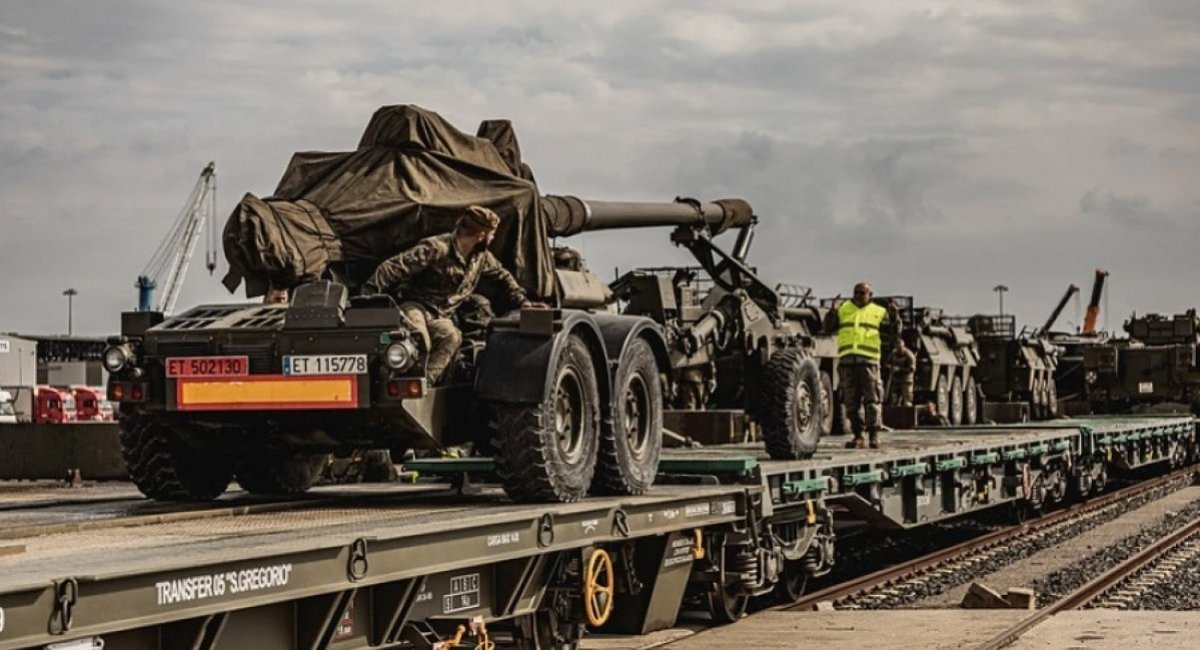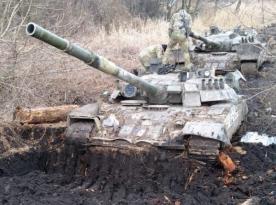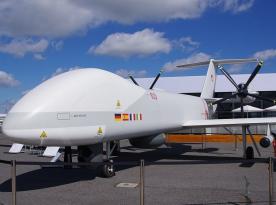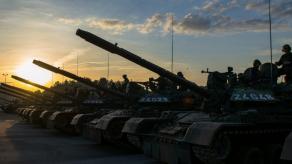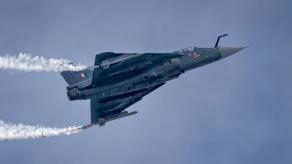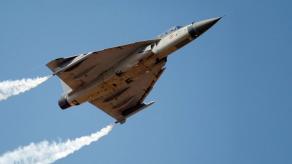Previously, Defense Express touched on the topic of military logistics in Spain, recalling the case of 10 Leopard tanks' delivery to Ukraine. To put it briefly, the Spanish Ministry of Defense on July 15th announced the beginning of the transfer, estimated to take a few weeks.
Notably, the main battle tanks were to be brought by cargo ships instead of land transport, which became a good example explaining the slow pace of military supplies slated for Ukraine. The key reason to use maritime transport was concerns of security and disguise, however, there's one more factor: railway in the European segment of NATO is underdeveloped and not streamlined for urgent military transfers.
Read more: russians Launch Railway Line from Rostov-on-Don to Temporarily Occupied Mariupol
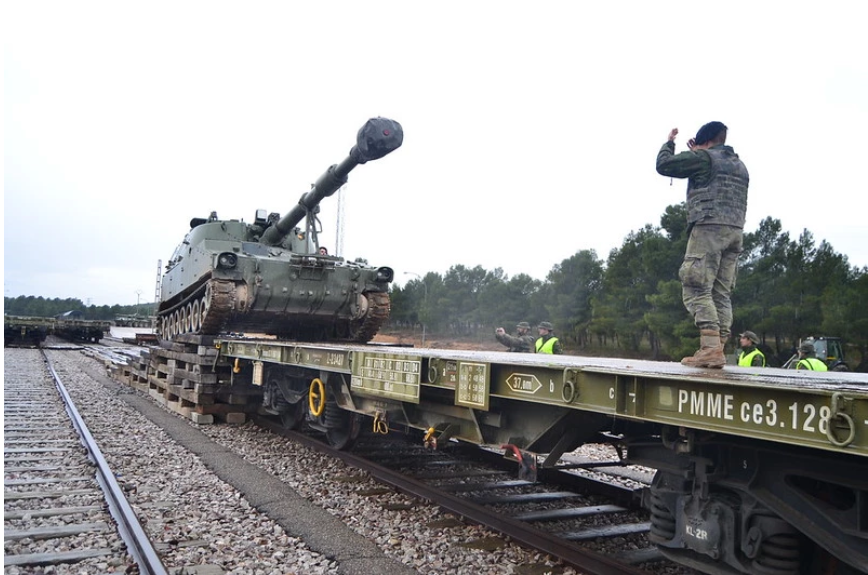
A recent article from InfoDefensa, titled "Military mobility as a trigger for a large European railway network," illustrates the situation on a broader scale. In his post, Iñaki Barron, technical director for a European railway development alliance,* mentions that Spain has only two high-capacity railway border crossings along the 500-km long border with France. Meanwhile, Italy has seven, for example.
Furthermore, Spain uses two different railway track width standards, the European 1,435-millimeter track, and the Iberian 1,668 mm. This is another issue negatively affecting the rail mobility of military supplies or forces on the NATO scale.
Therefore, he says, the Spanish government should carry out an in-depth analysis to identify bottlenecks between civilian and military logistics that could be overwhelmed in times of need. And also to accordingly assess the country's needs for dual-use transport corridors, including multimodal transits between rail, road, air routes, and inland waterways.
The expert references a declaration of intent signed by Germany, Poland, and the Netherlands in January 2024 as an example of cooperation within the NATO aimed to address the logistic "pain points," "cut the red tape on borders," and facilitate the movement of troops and equipment all the way to the borders with Ukraine and belarus.
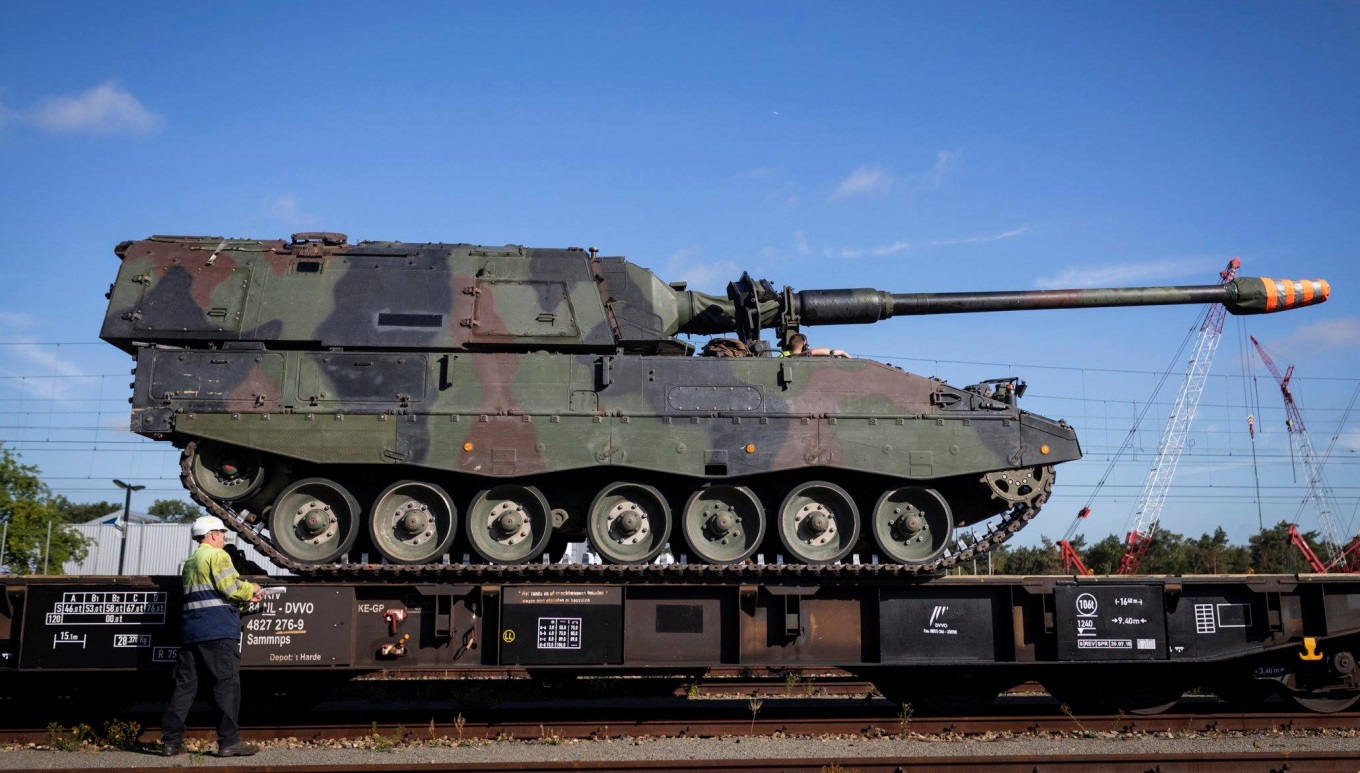
The same goes for a more recent joint declaration from transport ministers of Estonia, Lithuania, Latvia, Hungary, Poland, Slovakia, and the Czech Republic urging more funding from the EU for strategic infrastructure projects enabling military mobility in the region.
From all these insights, an interesting picture emerges. Despite being interconnected by the Trans-European Transport Network (TEN-T), the member states of the North-Atlantic Alliance are still more of standalone "logistic islands" in need of proper connections yet to be established.
This problem extends beyond purely infrastructure issues, with the bureaucracy of the Military Schengen being another challenge to overcome.
*Full position name: President of the Technical Committee of the European Alliance for Railway Corridors Development and Trans-European Transport Networks (TEN-T)
Read more: The Military Schengen: What It Means and Why More Than Just About Documents




